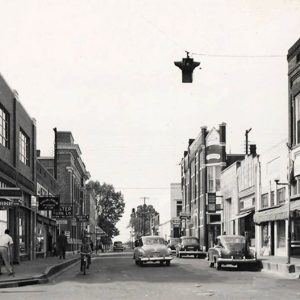 Arkadelphia Street Scene
Arkadelphia Street Scene
County: Clark
 Arkadelphia Street Scene
Arkadelphia Street Scene
Arkadelphia, Skirmish at
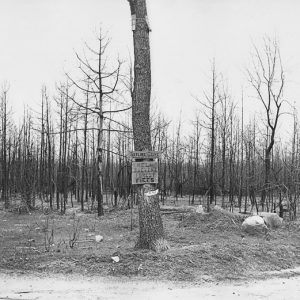 Arkadelphia Fire
Arkadelphia Fire
Arkansas Literary Forum
Arkansas Synodical College
Arnold, Bob “Sody”
 W. H. "Dub" Arnold
W. H. "Dub" Arnold
Arnold, William Howard “Dub”
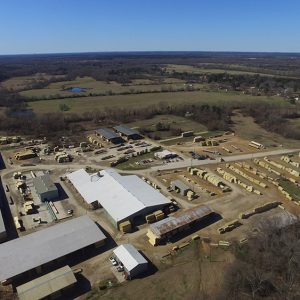 ATI Arkadelphia Wood Treatment Plant
ATI Arkadelphia Wood Treatment Plant
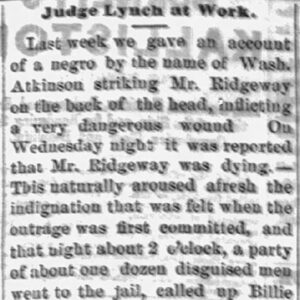 Wash Atkinson Lynching Article
Wash Atkinson Lynching Article
Atkinson, Wash (Lynching of)
 Wash Atkinson Lynching Article
Wash Atkinson Lynching Article
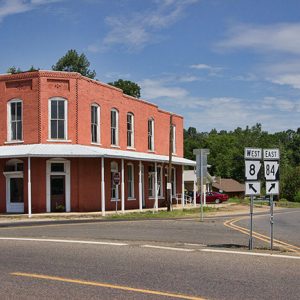 Bank of Amity Building
Bank of Amity Building
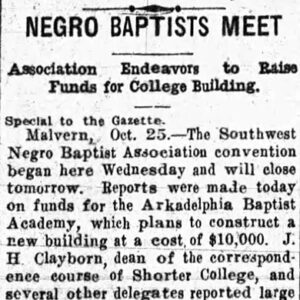 Baptist Academy Article
Baptist Academy Article
 Barkman House
Barkman House
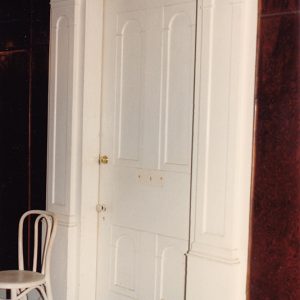 Barkman House Interior Door
Barkman House Interior Door
 Barkman House Staircase
Barkman House Staircase
Barkman, Jacob
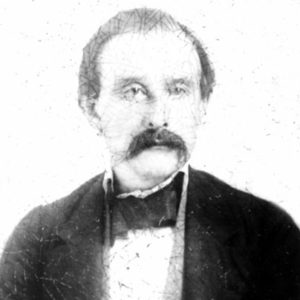 Jacob Barkman
Jacob Barkman
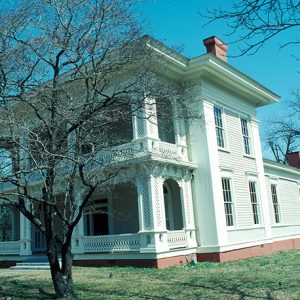 James E. M. Barkman House
James E. M. Barkman House
 James E. M. Barkman House Exterior Door
James E. M. Barkman House Exterior Door
Barringer (Clark County)
Battle of the Ravine
 Battle of the Ravine, 1922
Battle of the Ravine, 1922
 Battle of the Ravine, 2013
Battle of the Ravine, 2013
Beirne (Clark County)
 Beirne Post Office
Beirne Post Office
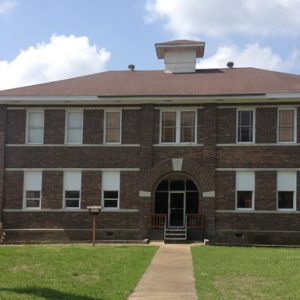 Beirne School
Beirne School
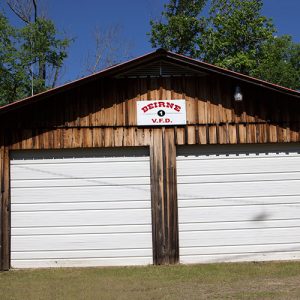 Beirne Fire Department
Beirne Fire Department
Bennett, Henry Garland
Benson, Jesse N. “Buddy”
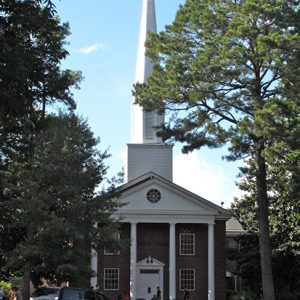 Berry Chapel
Berry Chapel
Bethel (Clark County)
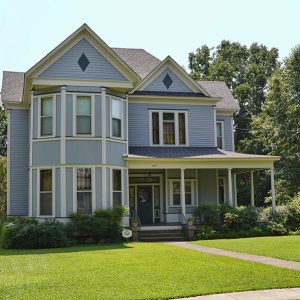 Biscoe House
Biscoe House
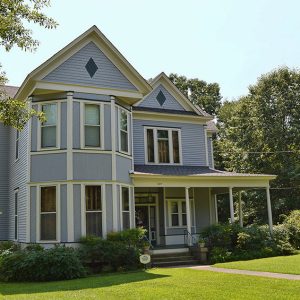 Biscoe House
Biscoe House
Blake, Estelle McMillan
blurr, buZ
aka: Butler, Russell
 Dr. Boaz House
Dr. Boaz House
Boswell (Clark County)
Bowles (Lynching of)
Bozeman House
 Bozeman House
Bozeman House
Brake, Bud (Reported Lynching of)
Britt (Clark County)
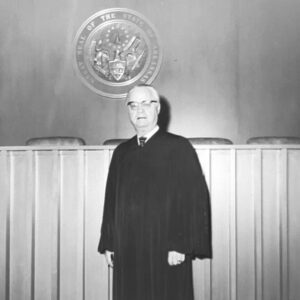 Lyle Brown
Lyle Brown
Brown, Lyle
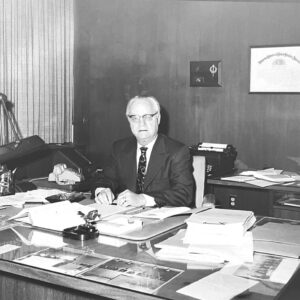 Lyle Brown at Desk
Lyle Brown at Desk
 Brumfield at First Base
Brumfield at First Base
 Brumfield Card
Brumfield Card
 Brumfield Hall of Fame Certificate
Brumfield Hall of Fame Certificate




